25+ Engaging Math Tasks That Promote a Growth Mindset
In our culture, we are bombarded with messages implying that some people are good at math and some people aren’t. There’s this notion that some people have that elusive “math gene” and some people don’t. Overcoming these negative attitudes and baggage to encourage kids that they can in fact learn and enjoy math and there is actually no such thing as a “math person,” is a challenge. But more and more research is showing up that kids with a growth mindset towards math do better on standardized tests, are more engaged in class and have a better attitude about math in general. Today I want to focus on how rich math tasks can excite and engage kids and begin to develop a growth mindset. As you go through this list of math tasks that promote a growth mindset, pick out your favorites to try with your kids!
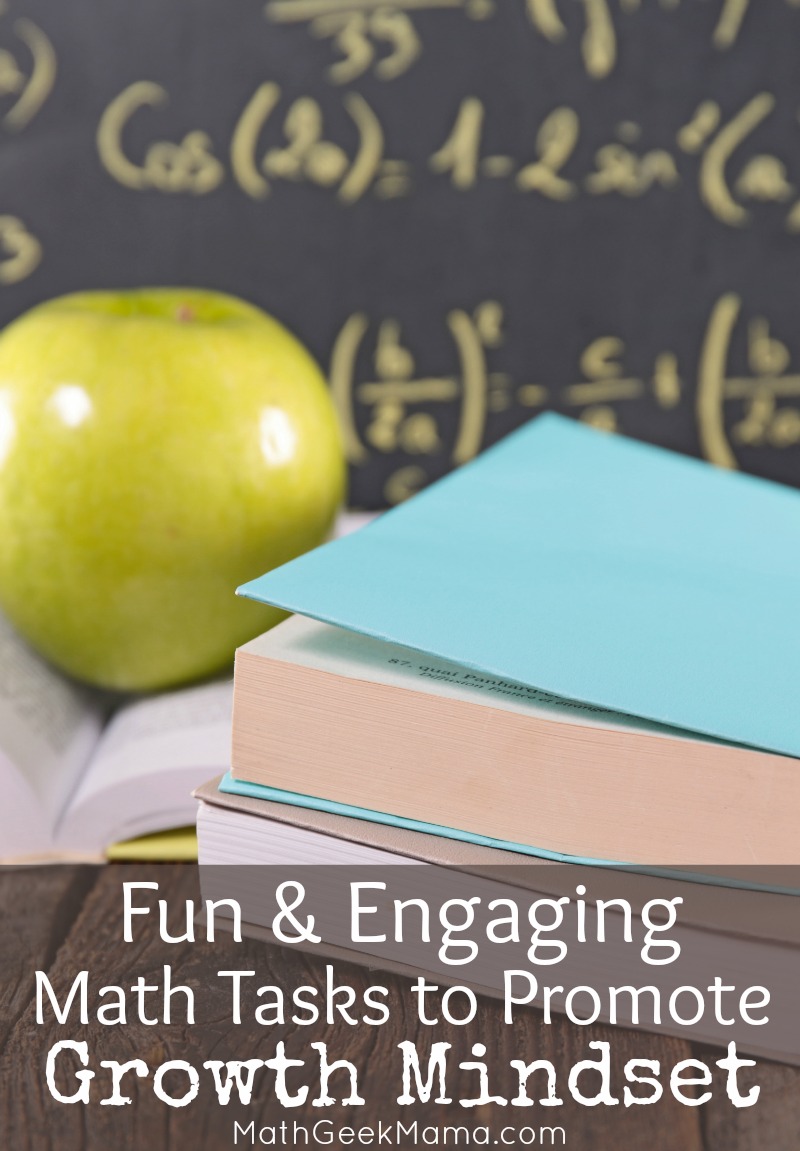
*Please Note: This post contains affiliate links which help support the work of this site. Read our full disclosure here.*
What is a Growth Mindset?
The notion of a fixed mindset versus a growth mindset began with the work of Carol Dweck. She explains that everyone has a mindset or idea about how they learn. Those with a fixed mindset believe that you can’t change your level of intelligence. You can only learn so much or go so far.
Those with a growth mindset, on the other hand, view intelligence as something that can be achieved through hard work and perseverance.
In other words, “smarts” is not something you’re born with, it’s something that can develop over time if you’re willing to put in the effort.
Because so many in our culture have a fixed mindset towards math, it is important that we do what we can to dispel these notions as more and more brain research sheds light on how we learn new things. Because the truth is that our brains grow when we make mistakes. And our brains can grow and change and adapt even if half of the brain is removed.
If the human brain is capable of these remarkable achievements, surely our brains are capable of learning Algebra!
How to Develop a Growth Mindset Towards Math:
Changing our own mindset towards learning math can be a challenge, much less changing our kids’ mindsets. But it’s not impossible.
One thing that has to change is the way math is viewed. All too often, math is seen as a closed, fixed subject to be memorized and then forgotten.
But math is a creative, open and exciting topic that touches every single aspect of our lives! We see and use math everyday, and to help kids see that they can learn and achieve math at high levels, we have to get them excited about it.
One way to encourage kids to see math as creative and present in the world around us is to explore math in nature. These concepts are great because they are accessible for young kids but complex enough to challenge older, advanced learners.
Jo Boaler, in her book Mathematical Mindsets, explains the importance of rich and open math tasks. No matter what curriculum you use, you are the teacher and have the opportunity to present math in a way that is engaging.
In the book, Boaler discusses several ways tasks can be rich and engaging for kids. Here is a quick overview:
- Can you open the task to encourage multiple methods, pathways and representations?
- Can you make it an inquiry task?
- Can you ask the problem before teaching the method?
- Can you add a visual component?
- Can you make it low floor and high ceiling?
- Can you add the requirement to convince & reason?
Using these criteria, I want to share a growing list of math tasks and websites where you can find meaningful lessons to engage your kids in math learning and teach with a growth mindset.
And if you have any ideas to add to this list, be sure to share in the comments!
Math Tasks That Promote a Growth Mindset:
Which Number Doesn’t Belong? I love this set of challenges because there are countless answers for each set of numbers. This is sure to spark some interesting math debates and deep thinking! (all ages)
How Many Seeds in a Pumpkin? This fun, hands on lesson is perfect for fall and can be combined with a fun math read aloud as well. (grades K-2)
Addition & Subtraction Equation Search: These fun challenges are more than just addition and subtraction and there are lots of different right answers. (grades 1-2)
Geoboard Challenge Cards: This set of challenges promotes exploration and discovery and includes some basic shapes and more advanced challenges. (all ages)
Compose Shapes with Geometiles: These challenging visual puzzles are created to use with Geometiles and are a great visual challenge for kids. (all ages)
What’s for Lunch? A Real Life Decimal Lesson: This introduction to adding and subtracting decimals is a great example of math in the real world. (grades 3+)
Gumball Estimation: This printable gumball challenge has different variations for increasing challenges or different ages. (grades 3+)
Surface Area of 3D Shapes: I have two investigations for determining the surface area of 3D shapes. Surface area of prisms and cylinders | Surface area of pyramids and cones (grades 7+)
Pattern Block Fraction Games: Pattern blocks provide a fantastic visual for understanding fractions. These games provide practice for kids to help them understand difficult operations.(grades 3-5):
Subtracting Mixed Numbers Game | Adding Fractions Game
Cut & Paste Logic Puzzles: Similar to sudoku puzzles, these are a fun introduction for young kids. (grades PreK-K)
Pattern Block Logic Puzzles: These puzzles are similar to sudoku, but are perfect for young kids not yet ready for more advanced logic puzzles. (grades k-2)
Grid & Sudoku Logic Puzzles: Older kids will love the challenge of these unique math problems that we don’t often see in textbooks. (grades 4+):
Thanksgiving Puzzles | Christmas Puzzles | Valentine’s Day Puzzles | 4th of July Puzzles
Missing Number Puzzles: Addition & Subtraction: These digital puzzles challenge kids to go beyond the standard algorithm for adding & subtracting large numbers and encourages deep thinking. (grades 3-4)
Pattern Puzzles for Google Slides: This set of missing number challenges encourages kids to see patterns, while building algebraic thinking. (grades 4-6)
Order of Operations Puzzles for Google Slides: Each problem in this set includes an expression with some of the numbers missing. Students must then use their knowledge of order of operations to figure out which number is missing.
Christmas Equations Algebra Challenge: These engaging problems help kids work on their algebraic reasoning and problem solving as more of a visual puzzle than a math problem. (grades 4+)
Exploring the Angles in Triangles: This hands on geometry challenge will show kids important facts about the relationships between angles in a triangle. (grades 6+)
What Makes a Triangle a Triangle? Use this lesson along with the book, “The Greedy Triangle” or on it’s on to discover what really makes a triangle a triangle. (all ages)
Would You Rather…? Tasks for Google Slides: This unique set of challenges covers ratios & percents by giving students a scenario and then asking a “would you rather…?” question. This forces them to think about the situation and the implications of the math involved.
Which Cup Holds the Most Hot Chocolate? This challenge teaches kids to think about volume as they compare different size cups. (grades 7+)
Estimating the Area of a Circle: This fun geometry challenge will help kids estimate and think about how to find the area inside a circle. (grades 7+)
Jumping Maze: This fun challenge can be done with sidewalk chalk or with pencil and paper.
Decorate a Christmas Tree: This open ended challenge is great for all ages! It can be simple enough for Kindergarten or challenging enough for high school. (all ages)
Look for Patterns in Pascal’s Triangle: This set includes several different patterns to color and observe in Pascal’s Triangle. (grades 2+)
Analyze Math Mistakes: Help kids learn from their mistakes and see them as opportunities for brain growth with these templates & classroom posters.
Order of Operations Error Analysis: Deepen an understanding of order of operations with this set of order of operations error analysis tasks.
Math Websites with More Meaningful Math Tasks:
YouCubed: This site is run by Jo Boaler and her team at Stanford and includes a variety of tasks for kids of all ages.
You can also find tasks that are part of the “Week of Inspirational Math” here.
NCTM Illuminations: This has great math tasks that you can search by grade level or math standard.
GeoGebra: Find math activities and resources for all ages using their online tools for exploration.
NRich: This site offers lots of support for teachers as well as fun problems open for solution. You can search for problems to try based on age, and then you can even submit your solutions to them! The best solutions get shared on their site.
Estimation 180: Find fun and engaging estimation challenge to get your kids thinking and problem solving.
Visual Patterns: This site offers a huge assortment of visual patterns for kids to explore and extend. This was one of my favorite ways to teach new concepts when teaching Algebra 1. This site would have made it so much easier for me!
Number Strings: Number strings are sets of related math problems, designed to support students to construct big ideas about mathematics and build their own strategies. These sets of problems can be done in small groups or as a whole class.
Yummy Math: This is a great resource for finding real world math problems that you can present to students before they’ve actually learned a method.
Mindset Mathematics Curriculum Series:
Finally, I want to share some curriculum supplement resources from Jo Boaler and the YouCubed team. Here are the books available so far, with more coming out soon:
- Mindset Mathematics | Grade 3
- Mindset Mathematics | Grade 4
- Mindset Mathematics | Grade 5
- Mindset Mathematics | Grade 6
- Mindset Mathematics | Grade 7
So that is my huge list of rich math tasks that promote a growth mindset!
I know it might be overwhelming at first to go through all these resources, so try to pick just one or two tasks to try for now, and then continue to weave them into your math routine as you get comfortable.
A lot of these open ended types of explorations are very different from how math has traditionally been taught, so it can be an adjustment to shift how you teach and think about math.
So just take it one day and one task at a time and have fun learning alongside your kids!



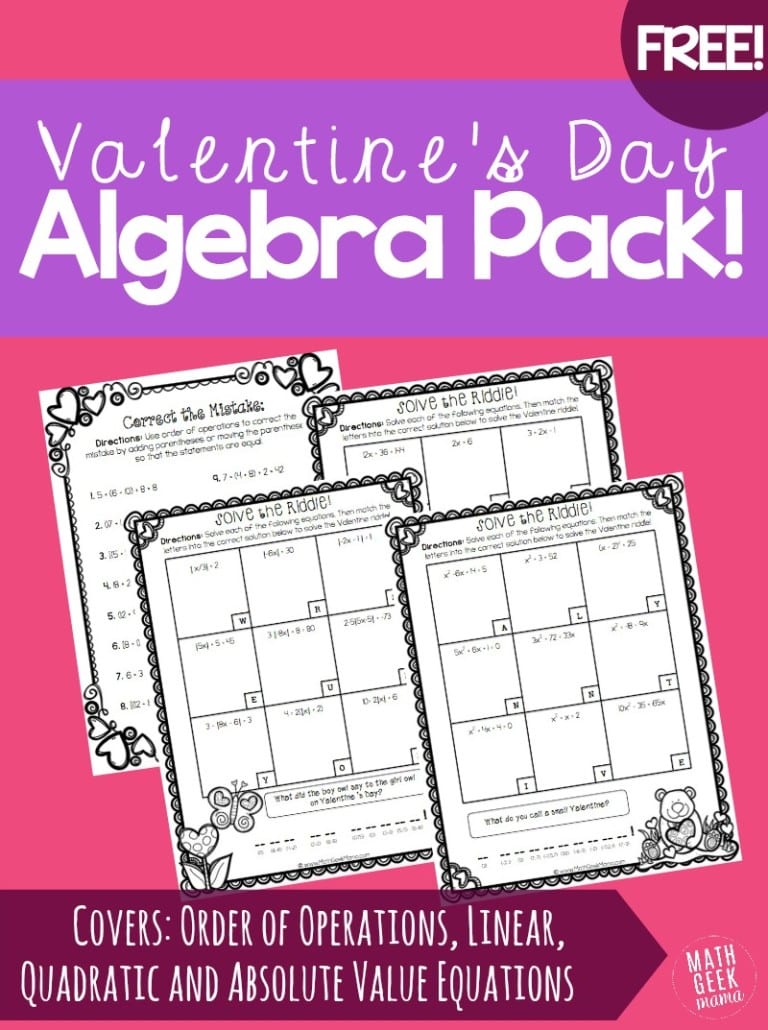
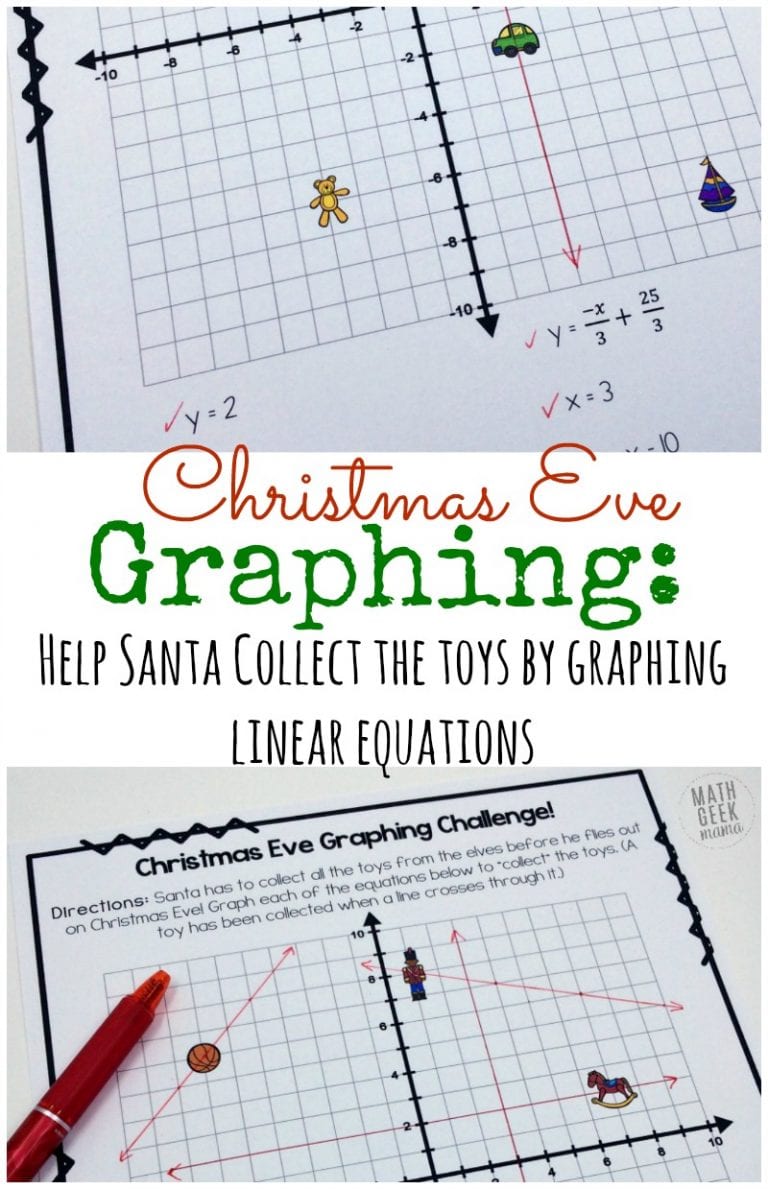
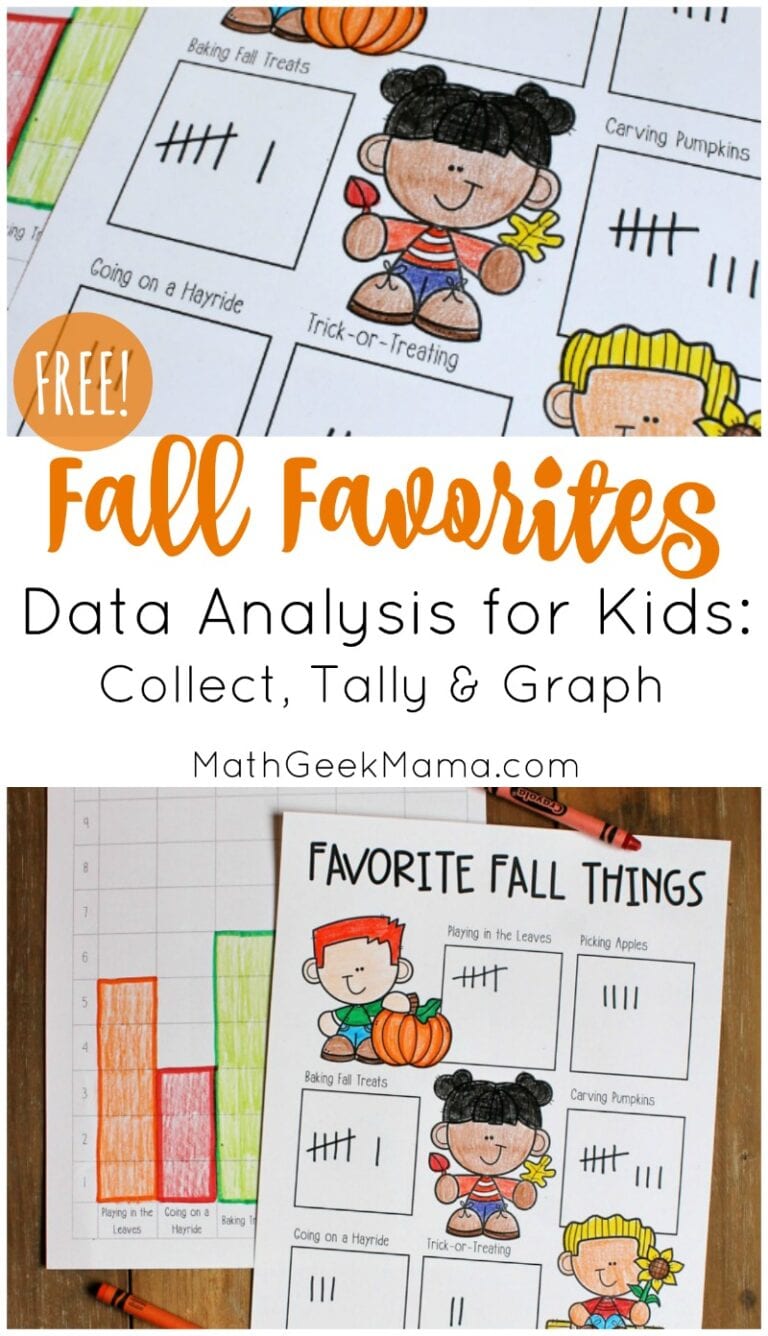
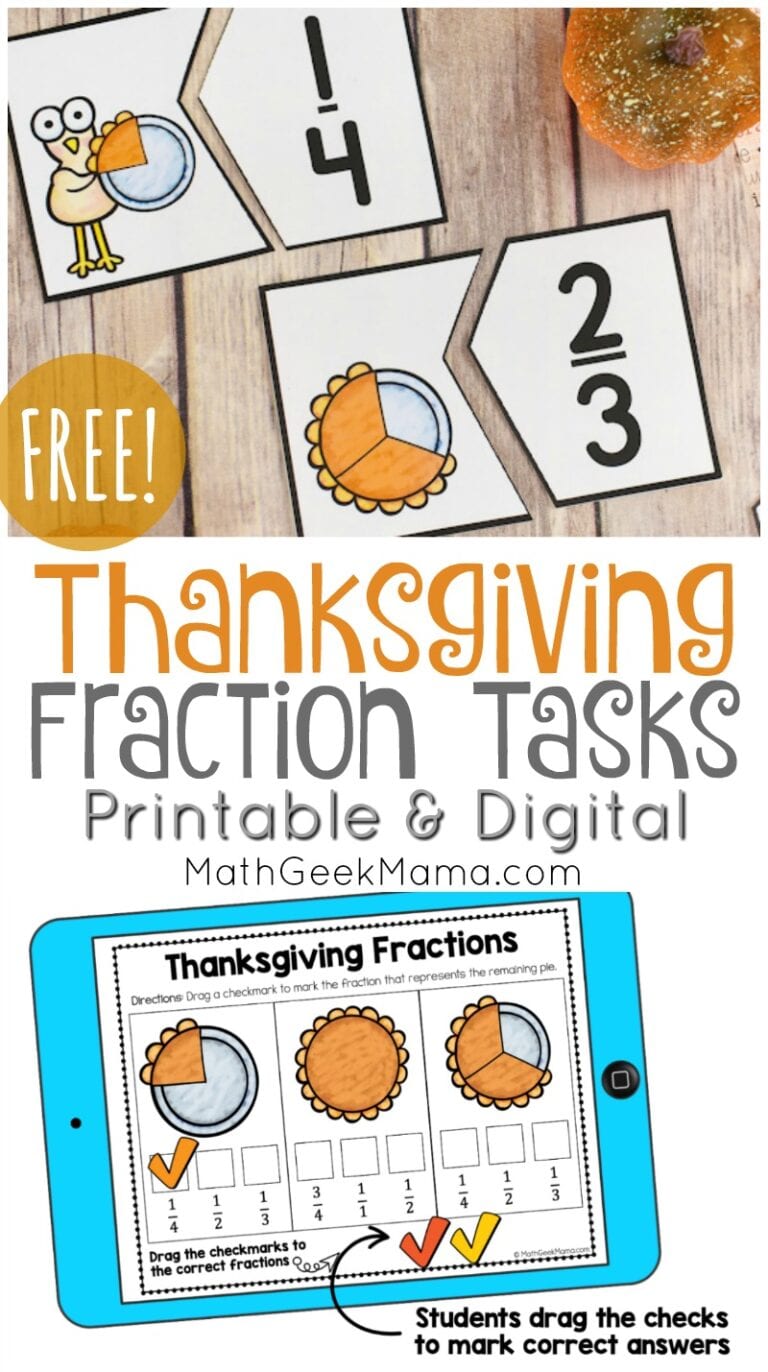
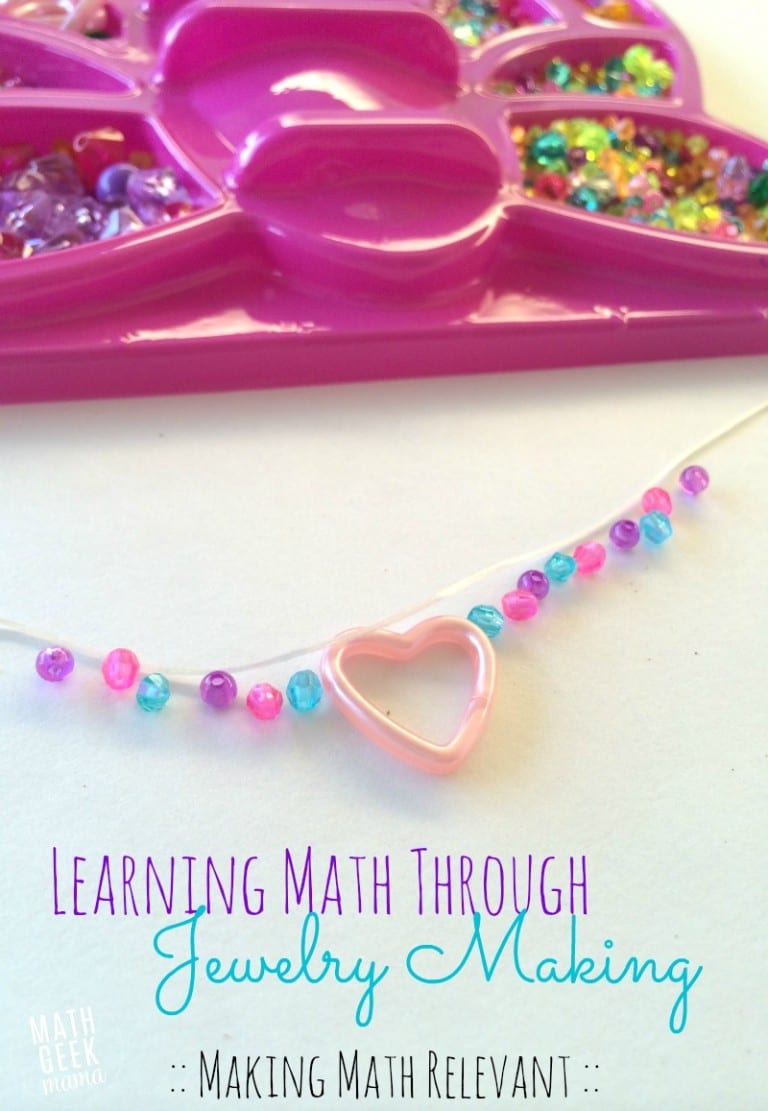




One Comment
Comments are closed.